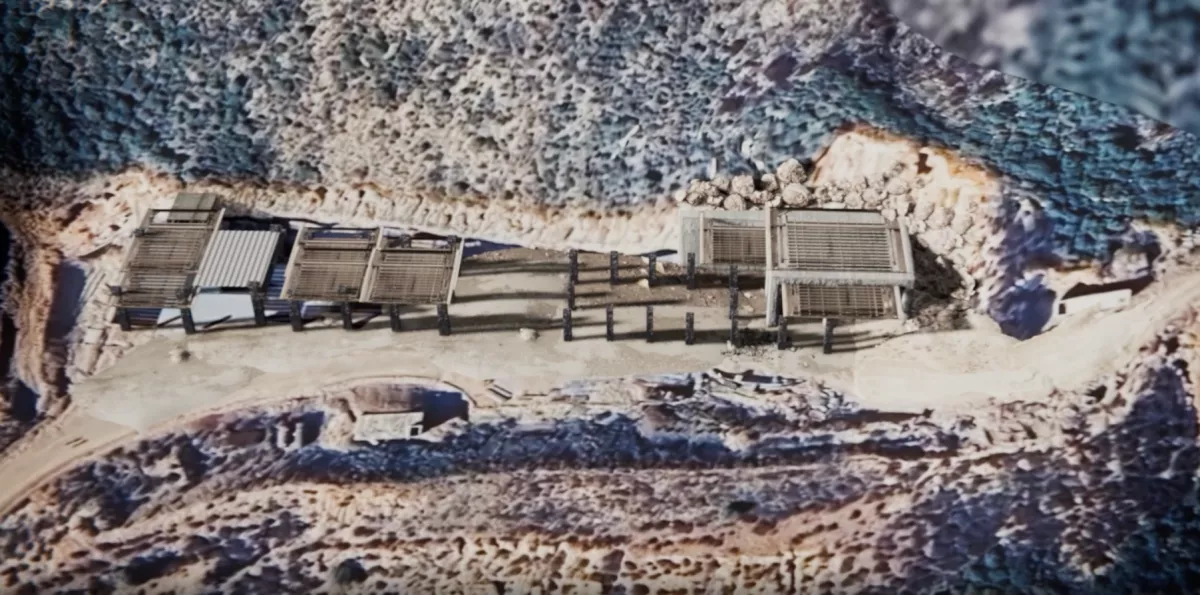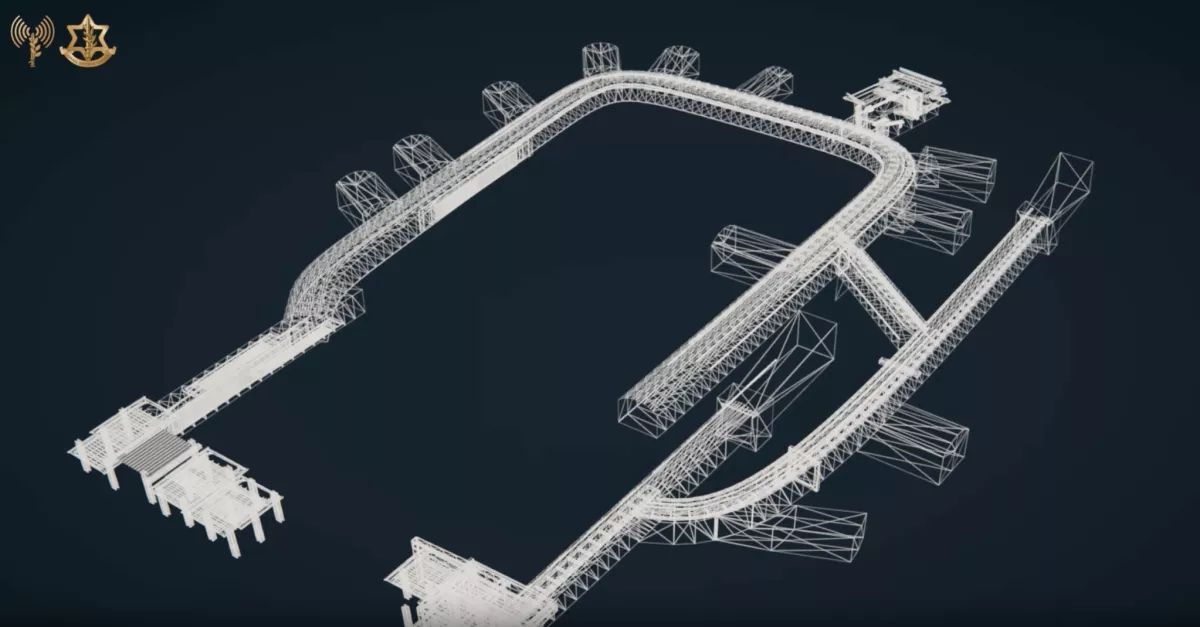How elite Israeli troops destroyed Syrian underground-missile plant in 3 hours VIDEO/PHOTO
The Israeli Air Force (IAF) has revealed on January 2 new details of a daring operation named "Operation Many Ways," conducted back in September 2024, targeting a subterranean missile manufacturing facility in western Syria. The mission was being meticulously planned for months and eventually executed by 120 elite commandos in only 3 hours.
The highly fortified site, known as "Deep Layer," was allegedly an Iran-funded project designed to supply precision missiles to Hezbollah in Lebanon and the former Syrian government. According to an article by The War Zone, depicting the details of the operation, the facility was a cornerstone of Iran's missile production strategy. Despite the complexity and risks, the operation resulted in no Israeli casualties, according to Israeli officials.
Construction of the Deep Layer facility began in late 2017 after an earlier Israeli airstrike on an aboveground site in Jamraya led Iran to relocate its missile production underground. Operational by 2021, the facility was strategically built 70 to 130 meters into a mountain, housing state-of-the-art production capabilities. Although the facility was not yet working at full capacity at the time of the raid, the IDF reported that at least two missiles had already been successfully manufactured as part of testing. Rocket engines were already being mass produced at the plant. Ultimately, the facility was to produce between 100 and 300 missiles of various kinds annually, with a range of up to 300 kilometers. The facility's design included three entrances for raw materials, finished missiles, and logistical access, alongside production areas for rocket fuel, missile body assembly, and painting.
Deep Layer was built near Masyaf, a region heavily guarded by Syrian air defenses. Located approximately 200 kilometers from the Israeli border and 45 kilometers from Syria’s coast, the facility provided Iran with a secure means to supply Hezbollah, bypassing vulnerable overland convoys. This prompted years of monitoring and intelligence gathering by the IDF, culminating in the decision to destroy the facility during the multifront war in 2023, involving Hamas, Hezbollah, and other Iran-backed militias.
The elite troops from the Shaldag and Unit 669 units were chosen for their expertise in long-range penetration and combat rescue. Extensive training, simulations, and contingency plans were part of the preparation process. The IAF coordinated a massive aerial fleet, including transport helicopters, fighter jets, drones, and reconnaissance planes, ensuring both operational success and minimal exposure to Syrian defenses.
The mission commenced with four CH-53 Yasur helicopters transporting commandos under the cover of AH-64 attack helicopters and diversionary airstrikes on other Syrian targets. Flying low over the Mediterranean to evade radar detection, the team approached Syrian airspace, navigating one of the region’s densest air defense zones.
Upon arrival, the helicopters landed near the facility’s entrances. The commandos secured the area, breached the fortified doors using equipment like forklifts, and strategically placed 660 pounds of explosives along critical production machinery, including planetary mixers. Once all charges were set, the team retreated and remotely detonated the explosives. The resulting explosion caused significant destruction, described by soldiers as a "mini earthquake," and rendered the facility inoperable.
In the end, the entire operation lasted under 3 hours, and the commandos successfully returned aboard the helicopters. Syrian media only reported 14 fatalities and 43 injuries, while the IDF claimed to have neutralized 30 Syrian guards during the mission. The destruction of the Deep Layer facility marked a significant setback for Iran’s missile production capabilities and reinforced Israel’s strategic deterrence in the region.
By Nazrin Sadigova










